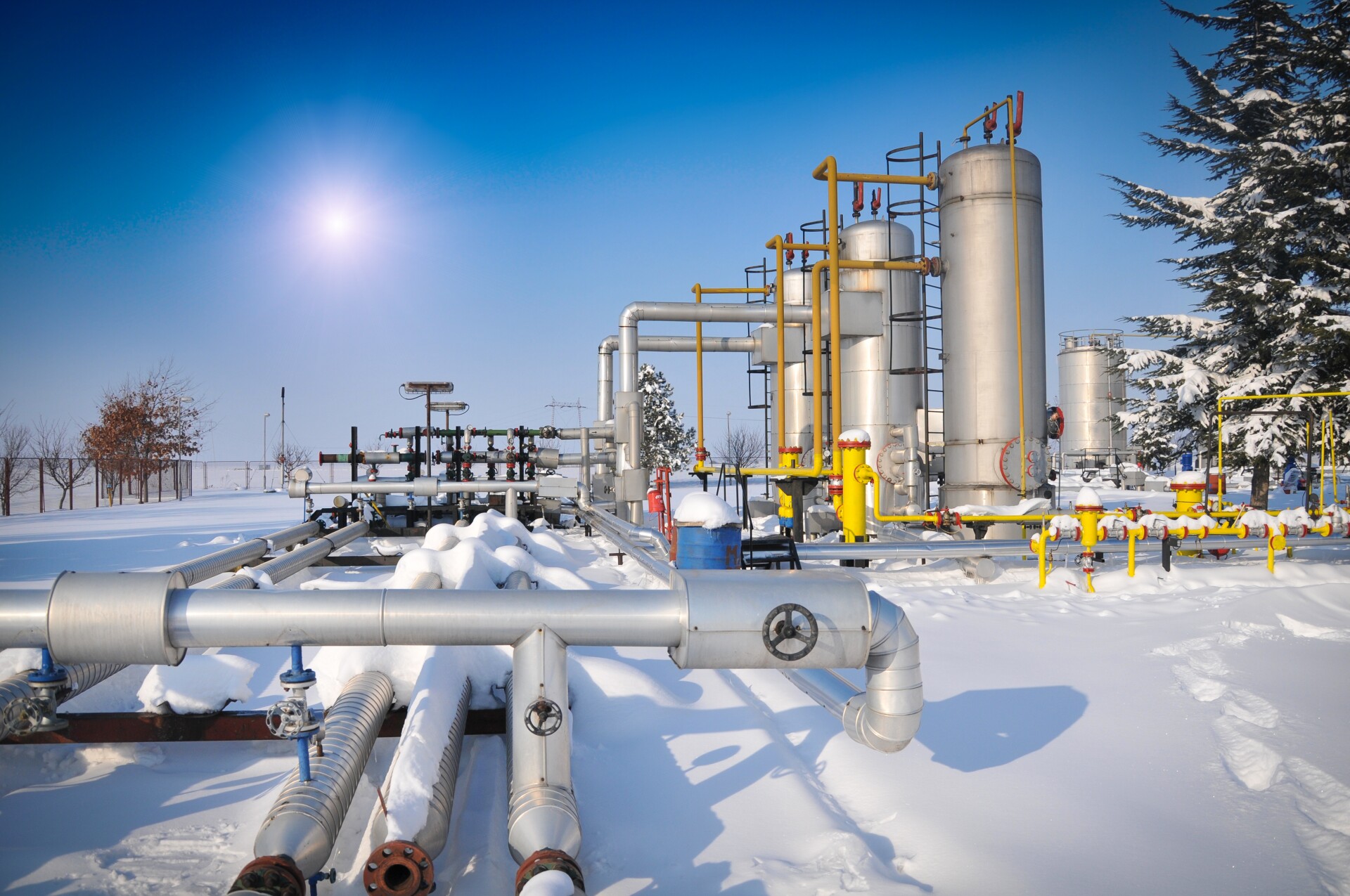
Seasonal Safety – Preparing Your Workplace for Wet and Icy Conditions
The Hazards of Wet and Icy Conditions As the weather changes and winter approaches, wet and icy conditions become a significant hazard in the workplace.
Accidents caused by slips, trips, and falls are among the leading causes of workplace injuries in industrial settings. These incidents not only result in physical harm but can also lead to financial losses and reduced productivity. Preventing such accidents requires a thorough understanding of the causes, implementation of comprehensive protocols, and the adoption of proactive measures. In this blog, we’ll delve into the various causes of slips, trips, and falls in the industrial environment, and provide an extensive guide to prevention methods.
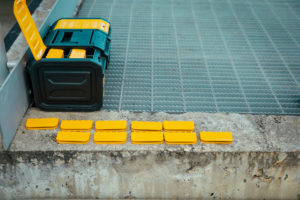
For a comprehensive approach to preventing slips, trips, and falls in the industrial workplace, here are some valuable resources to explore:
By acknowledging the potential causes of slips, trips, and falls and implementing these prevention methods, industrial workplaces can significantly reduce the risk of accidents. Creating a culture of safety, where every employee is committed to maintaining a hazard-free environment, is key to preventing these incidents. Remember, a safe workplace not only protects employees but also boosts productivity and morale, contributing to the overall success of the organization.

The Hazards of Wet and Icy Conditions As the weather changes and winter approaches, wet and icy conditions become a significant hazard in the workplace.
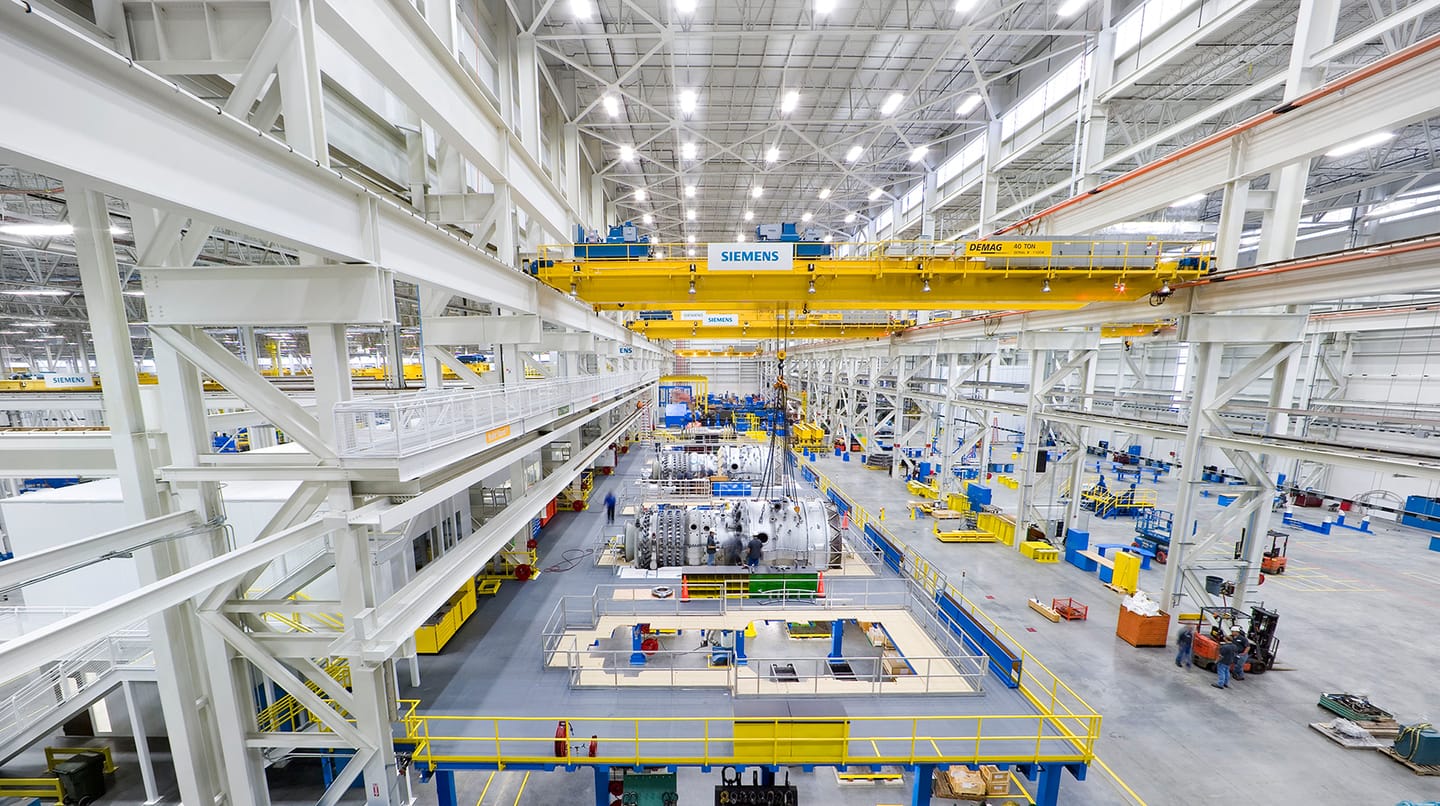
In today’s fast-paced work environments, safety is more crucial than ever. As businesses evolve, so do the challenges of maintaining safe, secure spaces for employees

Easy DIY Methods To Improve Workplace Safety Here at Titan Safety we always aim to prioritize your safety by providing effective solutions to prevent workplace
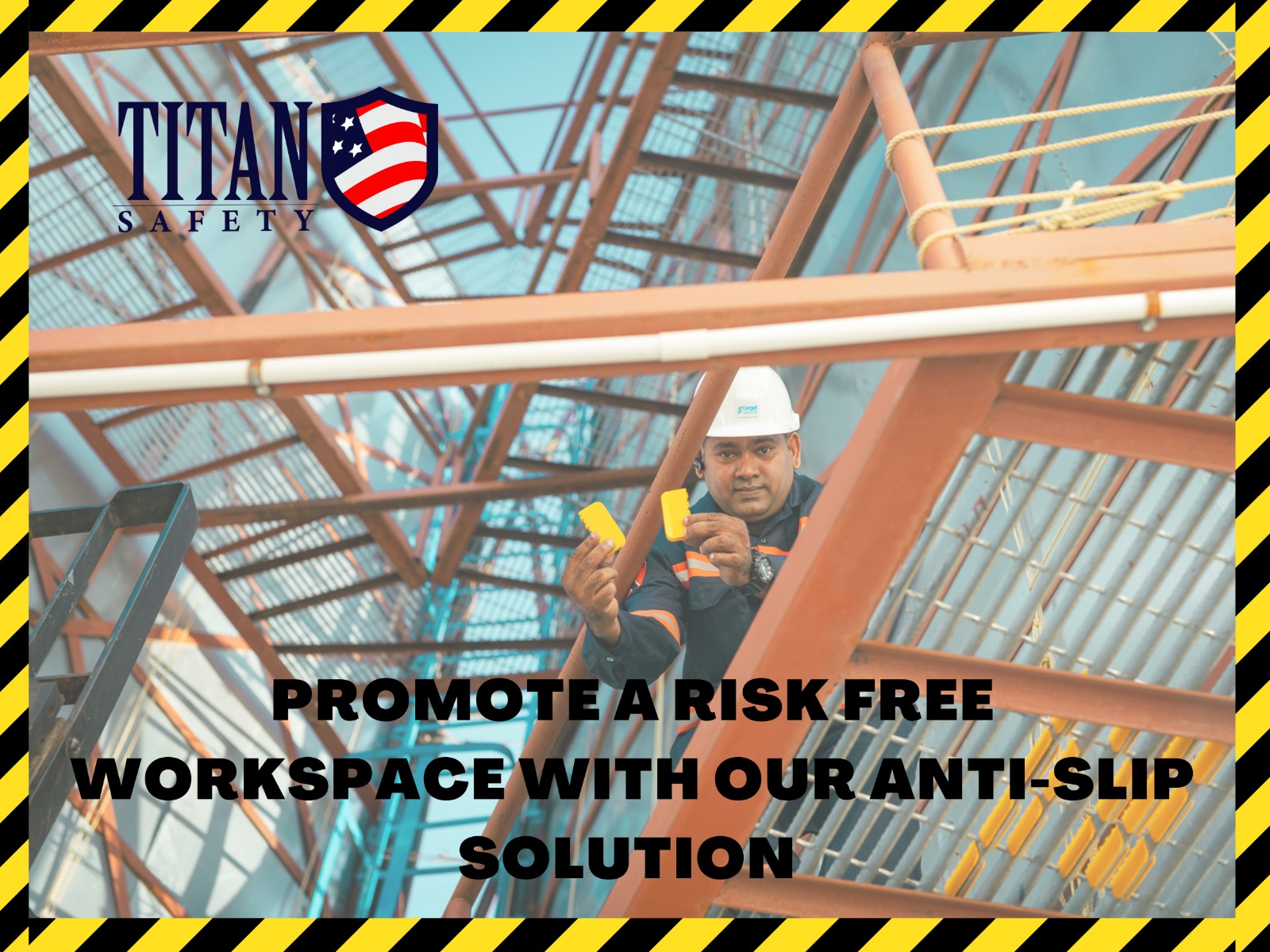
Accidents caused by slips, trips, and falls are among the leading causes of workplace injuries in industrial settings. These incidents not only result in physical
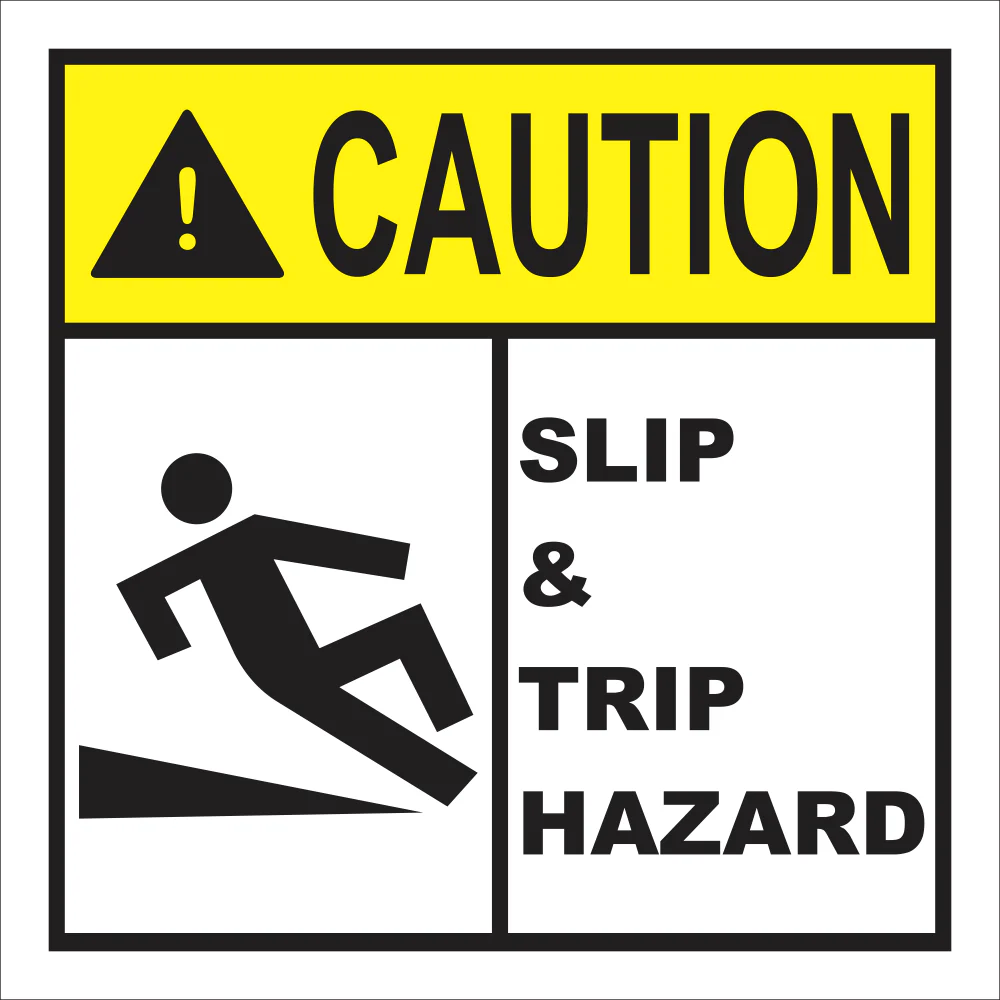
Workplace safety is a critical aspect of any successful organization. Employers have a moral and legal responsibility to provide a safe environment for their employees.
Titan Safety is the leading provider of anti-slip solutions in the USA and Canada.
1005 N. Commons Drive,
Aurora, Illinois,
60504, USA.
Titan Safety is a global provider of specialist industrial supplies for over 40 years supplying countries such as North America, Canada and Europe.
1005 N. Commons Drive,
Aurora, Illinois,
60504, USA.

Add email to save your cart.